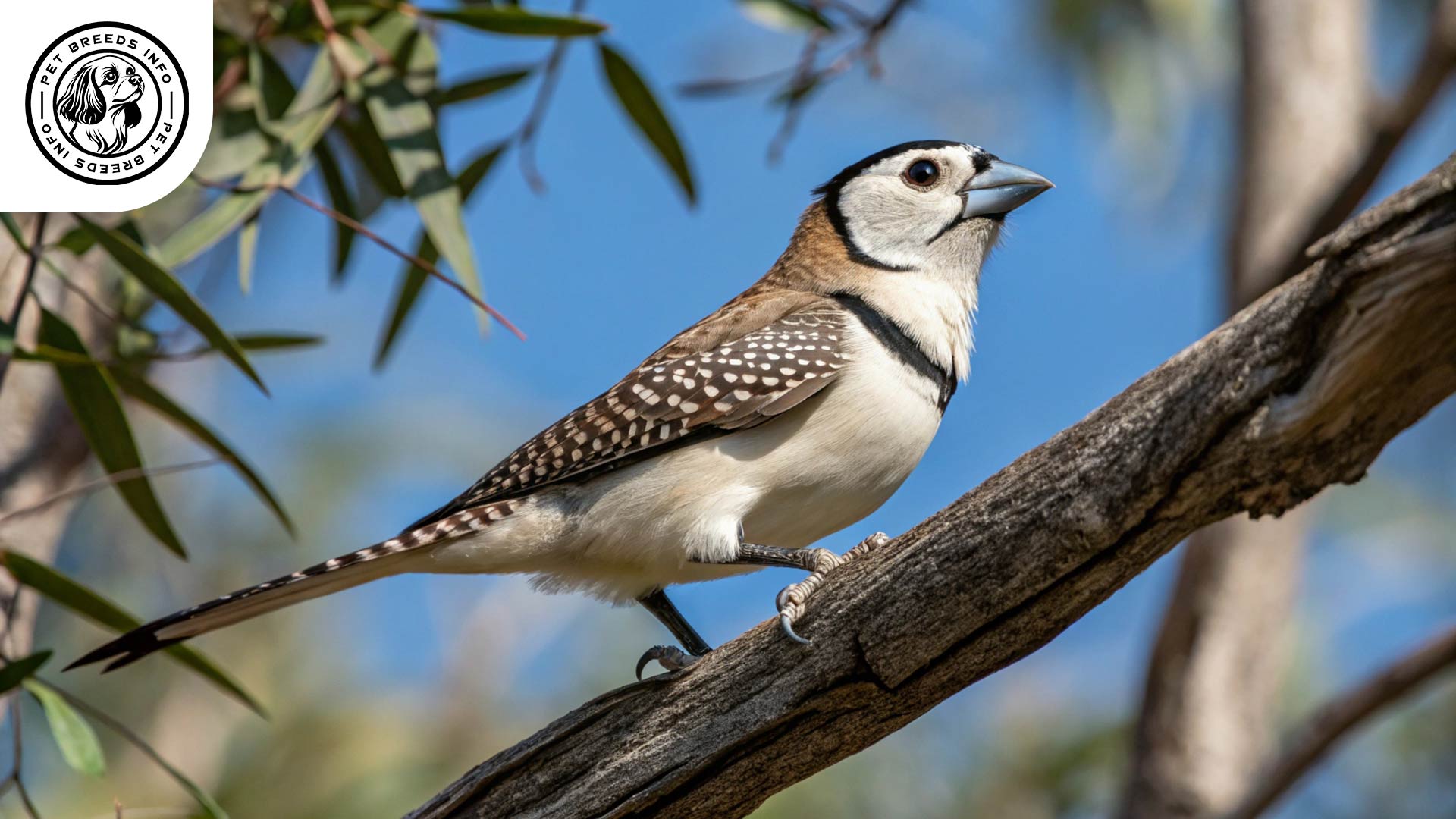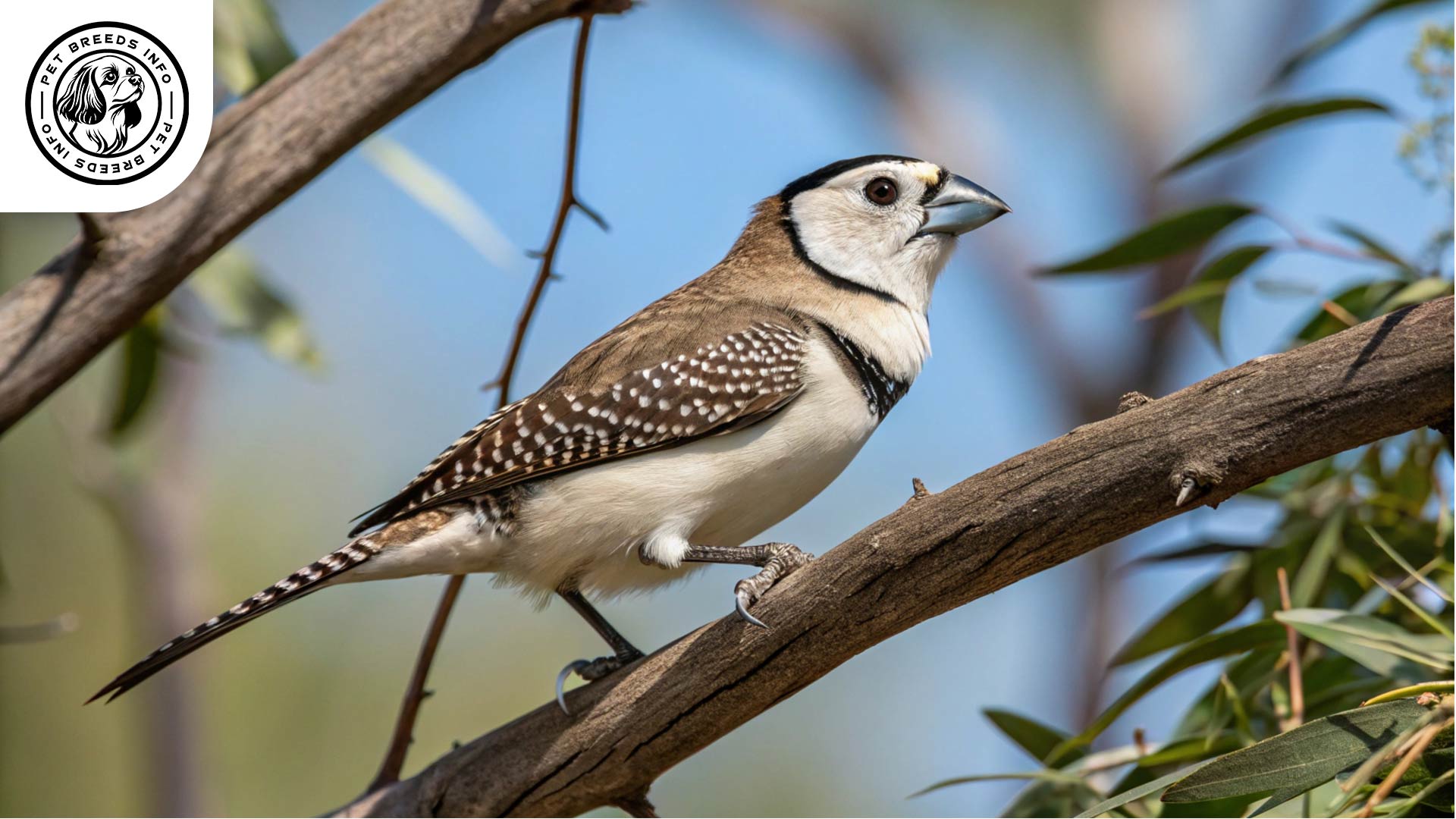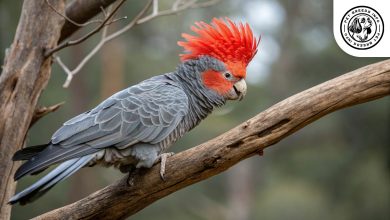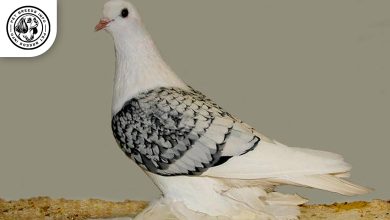Double-barred Finch Bird: Personality, Lifespan, Food & Care
General Introduction of the Breed
The Double-barred Finch (Taeniopygia bichenovii), also known as the Owl Finch due to its facial markings resembling an owl, is a small and social finch native to Australia. It is commonly found in open grasslands, woodlands, and savannahs across the northern and eastern regions of the country.
The Double-barred Finch has long been admired for its charming appearance and pleasant disposition, making it a popular choice among bird enthusiasts and aviculturists. This finch is frequently seen in small flocks in the wild, thriving in both natural and urban environments.
Table of Contents
| Common Name | Double-barred Finch, Owl Finch |
| Scientific Name | Taeniopygia bichenovii |
| Origin | Australia (northern and eastern regions) |
| Size | Approximately 10-12 cm (4-5 inches) in length, 8-12 grams in weight |
| Lifespan | 5 to 8 years with proper care |
| Talking Ability | Not mentioned (generally not known for talking) |
| Colors | Mostly brown and white with black double-bar, white face with black band |
| Noise Level | Moderate (soft chirping) |
| Social Behavior | Social, thrives in pairs or small groups, non-aggressive, coexists well |
Physical Characteristics
The Double-barred Finch is a petite bird, measuring approximately 10-12 cm (4-5 inches) in length and weighing around 8-12 grams. Both males and females share a similar appearance, making it challenging to distinguish between the sexes visually.

The plumage is mostly brown and white, with a distinctive black double-bar around the chest and face. The head features an elegant white face encircled by a thin black band, resembling an owl’s mask. The wings and back are light brown with intricate white spots, while the underparts are mostly white.
Its eyes are dark brown or black, and it has a short, conical, bluish-gray beak suited for seed consumption. The tail is short and slightly rounded.
Read More: Star Finch
Personality and Temperament
The Double-barred Finch is known for its gentle, sociable nature. It thrives in the company of other finches and should ideally be kept in pairs or small groups. These birds are intelligent and quickly adapt to their surroundings.
They have a moderate activity level, frequently fluttering around their enclosure, engaging in soft chirping, and enjoying companionship. Their calm demeanor makes them an excellent choice for beginners seeking a low-maintenance pet bird.
While they are not overtly playful like some parrot species, Double-barred Finches enjoy exploring their environment and using natural foraging behaviors.

Care and Maintenance Requirements
Double-barred Finches require a spacious cage with horizontal bars to encourage movement and flight. A minimum cage size of 24 x 16 x 16 inches is recommended, though larger enclosures will always be better.
These birds do not require excessive grooming, but their enclosure should be kept clean by replacing bedding materials regularly. Since they are sensitive to extreme temperatures, their habitat should be placed in a well-ventilated, draft-free area with moderate humidity and a stable temperature range.
Providing fresh water for drinking and bathing is essential for their hygiene. Occasional nail trimming may be required if they do not naturally wear down their claws.
Diet and Nutrition
A balanced diet for Double-barred Finches includes high-quality finch seed mixtures, millet, fresh vegetables, and small amounts of fruits. Pelleted finch diets can also be supplemented for additional nutrition.
Foods to avoid include chocolate, caffeine, avocado, onions, and highly processed human foods, as they can be toxic. Feeding small portions twice a day is generally recommended.

Health and Common Medical Issues
Double-barred Finches are generally hardy birds, but they can be prone to respiratory infections, mites, and nutritional deficiencies if not properly cared for. Common signs of illness include ruffled feathers, lethargy, wheezing, and decreased activity.
Regular veterinary checkups are recommended to ensure overall health. Their average lifespan ranges from 5 to 8 years with proper care.
Read More: Congo African Grey
Training and Behavior Management
Unlike parrots, these finches do not require extensive training. However, they can become accustomed to their owners with patience and positive reinforcement.
They benefit from a well-structured routine and consistent socialization. Gentle approaches and minimal handling are best, as finches generally do not enjoy being held by humans.
Interaction with Other Animals and Humans
Double-barred Finches are well-suited for family households, though they do best with owners who appreciate their tranquil and independent nature.
They thrive in aviaries with other small, peaceful finch species and should not be housed with aggressive or territorial birds. They are generally non-aggressive and coexist harmoniously in groups.

Price and Availability
The price of a Double-barred Finch varies depending on the breeder, location, and lineage. Typically, they cost between $20 and $50 per bird.
When selecting a finch, it is essential to purchase from a reputable breeder or avian specialist to ensure the bird is healthy and ethically raised.
Adoption options may also be available through rescue centers specializing in small birds.
Read More: Spectacled Parrotlet
Conclusion and Final Thoughts
The Double-barred Finch is an ideal pet for those seeking a low-maintenance and sociable bird. It is well-suited for beginners, apartment dwellers, and those who enjoy observing birds rather than handling them frequently.
Potential owners should ensure they can provide a spacious cage, a stable and warm environment, and a nutritious diet. While they do not require excessive attention, they flourish best with a companion or in a small flock.
Overall, the Double-barred Finch is a delightful and visually stunning bird that brings charm and serenity to any avian enthusiast’s home.
FAQ
What is a Double-barred Finch also known as?
It is also known as the Owl Finch.
Where do Double-barred Finches come from?
They are native to Australia, specifically the northern and eastern regions.
Are Double-barred Finches good for beginners?
Yes, their calm demeanor and low-maintenance needs make them an excellent choice for beginners.
Do Double-barred Finches need to live alone?
No, they are social birds and should ideally be kept in pairs or small groups.
What is the typical lifespan of a Double-barred Finch?
With proper care, they typically live for 5 to 8 years.





